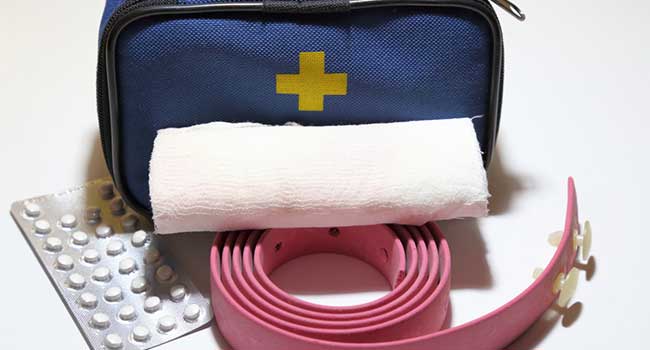
Stop the Bleed Campaign Proves to be Working Following Shooting in Utah
Victims in a Utah mall shooting arrived at the hospital with tourniquets, a life-saving measure frequently taught in Stop the Bleed courses.
- By Sydny Shepard
- Jan 16, 2019
A mall shooting in Murray, Utah is showing that Stop the Bleed, a federal safety program, is teaching citizens life-saving information that they are using in everyday life.
When two victims from a shooting at Fashion Place arrived at the hospital following the incident, both victims had tourniquets to stop bleeding placed by citizens at the scene.
According to Dr. Mark Stevens, a Level 1 trauma surgeon at the Intermountain Medical Center, the tourniquets were not necessary in the situation of the shooting victims, but it did show that citizens were willing and able to help in the case of an emergency, a huge departure from just 30 to 40 years ago.
"We recommend placement of tourniquets only when there's life-threatening bleeding that can't be stopped by direct pressure," Stevens said. "I don't think either of the injured were hurt by placing the tourniquets, but they probably weren't necessary in this situation."
A tourniquet is the last step to stop uncontrolled bleeding and should be used only after applying direct pressure and packing the wound haven't worked to stop life-threatening bleeding, Stevens said.
People at the scene of the incident displayed characteristics that haven't been commonly scene in surrounding a crime in recent years, such as staying with the victims, holding their hands, talking to them, and helping with their wounds until first responders show up.
The Stop the Bleed course is designed to be taught to every able-bodied citizen and began as a response to the shooting at Sandy Hook Elementary School after a series of conference with the American College of Surgeons, the White House, FBI and Department of Defense.
"We wanted to empower everyday citizens to know how to deal with life threatening injuries at the scene," Stevens said.
About the Author
Sydny Shepard is the Executive Editor of Campus Security & Life Safety.